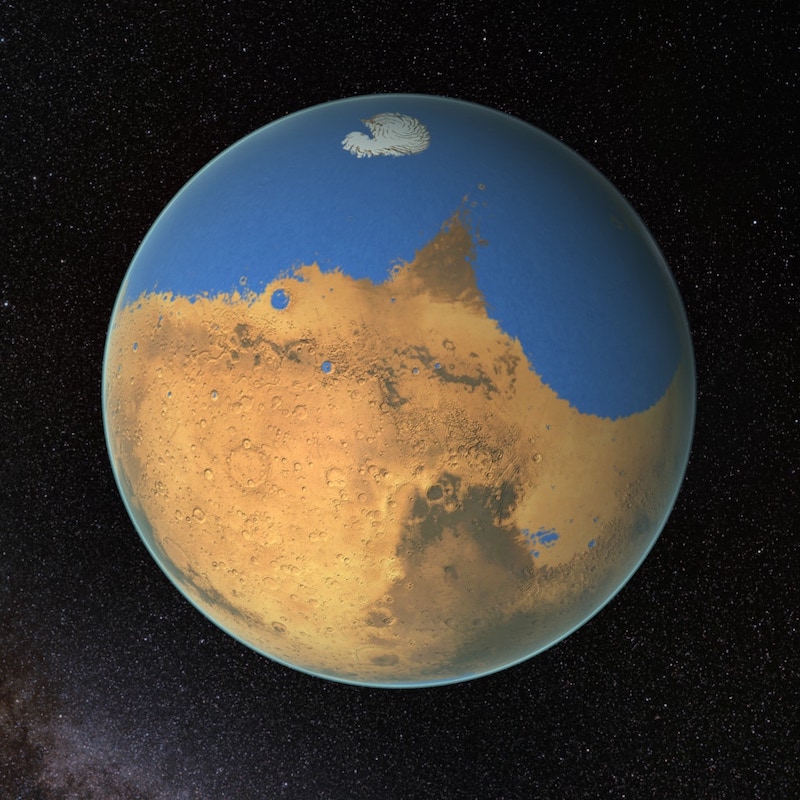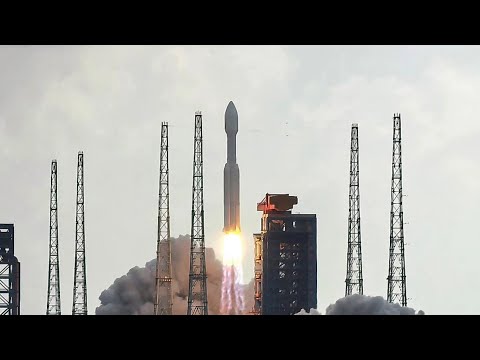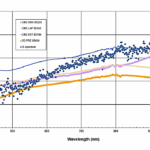When considering some of the most recognizable Hollywood movie posters over the decades, no greater name comes to mind than artist Drew Struzan, so it is with great sadness that
View larger. | Artist’s concept of what an ancient ocean on Mars might have looked like. A new study shows evidence for rivers that once emptied into the ocean, creating
HELSINKI — China added to its Guowang national broadband megaconstellation Wednesday with the 600th Long March rocket launch, marking a milestone in the country’s accelerating spaceflight cadence. A Long March
Roscosmos Spacewalk 64 – YouTube Watch On Two cosmonauts will conduct a spacewalk today (Oct. 16), and you can watch the action live. Sergey Ryzhikov and Alexey Zubritskiy of the
SpaceX’s workhorse Falcon 9 rocket now has 130 liftoffs under its belt this year. A Falcon 9 topped with 28 of the company’s Starlink internet satellites launched from Cape Canaveral
In the vast tapestry of the cosmos, where stars are born and galaxies collide, there lies an extraordinary journey waiting to unfold. “Astronomy 101: From the Sun and Moon to
WASHINGTON — Commercial space station developer Axiom Space has replaced its chief executive after less than six months on the job. The Houston-based company announced Oct. 15 that it hired
Progress continues on the Phoebus project, which seeks to revolutionize the design of hydrogen tanks for Europe’s Ariane 6 rocket. The collaborative initiative between the European Space Agency (ESA), ArianeGroup,
WASHINGTON — Five years after the first countries signed the Artemis Accords, a growing group of nations continues to work on how to implement the guidelines contained in the document.
WASHINGTON — A SpaceX Falcon 9 rocket on Oct. 15 launched 21 satellites to low Earth orbit for the U.S. Space Force’s Space Development Agency. This was the second deployment
-
 012024 in Review: Highlights from NASA in Silicon Valley
012024 in Review: Highlights from NASA in Silicon Valley -
 02Panasonic Leica Summilux DG 15mm f/1.7 ASPH review
02Panasonic Leica Summilux DG 15mm f/1.7 ASPH review -
 03How New NASA, India Earth Satellite NISAR Will See Earth
03How New NASA, India Earth Satellite NISAR Will See Earth -
 04And Thus Begins A New Year For Life On Earth
04And Thus Begins A New Year For Life On Earth -
 05Astronomy Activation Ambassadors: A New Era
05Astronomy Activation Ambassadors: A New Era -
06SpaceX launch surge helps set new global launch record in 2024
-
 07Space Force plans new ‘Futures Command’ amid pressure to speed up modernization
07Space Force plans new ‘Futures Command’ amid pressure to speed up modernization















